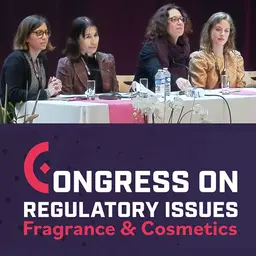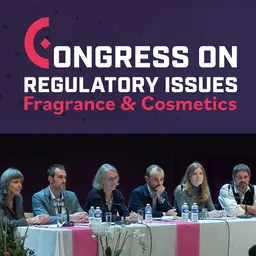
A “Made in” may boost sales…especially when followed by the word “France”. It may also be mandatory (but not always). When on the label of a cosmetic, the mention shall be carefully determined to be compliant with the regulation. At the end, this is not that easy. Labelling has even been the topic of a detailed explanation during a “business-breakfast” organized by the French Federation of Beauty Companies (FEBEA) for its members on 23 March 2012.
When is a “Made in” necessary?
Products imported in Europe
Anne-Marie Breton, responsible of the International Regulations in FEBEA, made it clear from the very beginning: “The European Regulation on cosmetics makes it mandatory to display the origin for products from countries out of Europe.”*
This obligation is found in Article 19 of Regulation 1223/2009 on labelling, which states that: “The country of origin shall be specified for imported cosmetic products.”
AIn the meantime, the Regulation also provides (Article 13 - Notification, point (c)) that “prior to placing the cosmetic product on the market the responsible person shall submit to the Commission the country of origin in the case of import.”
No doubt, therefore, when a product manufactured outside Europe is marketed in the Community: it must have a “Made in”.
Products manufactured in Europe
On the European territory
On the other hand, Article 19 also means that the country of origin does not have to be specified if the cosmetic product is not imported. If it is manufactured and marketed within European territory, no mark of origin is required.
For export
Things change when the product leaves the European territory: on the international level, the indication of the …












